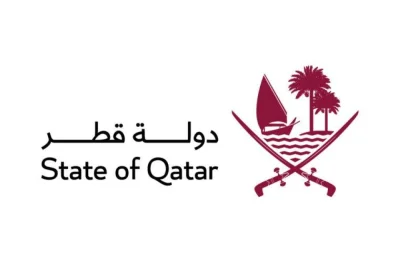Last week I wrote about the major climate change report declaring a ‘code red’ emergency for the Earth. This week, I want to narrow in on another finding of three major studies which is perhaps the most urgent crisis facing our country.
Water security – defined as ‘a sustainable and adequate quantity and quality of water’ – is essential to human life, food and energy security, health and wellbeing, and economic prosperity. Yet nearly eighty percent of the world’s population live in areas where water security is at immense risk from climate change, conflict, ecosystem damage, extreme weather, and pollution.
What many people often do not realise, is Qatar is possibly one of the most water-stressed country. According to a recent report from the US World Resources, Qatar is almost at the top of 17 countries classified as suffering from extremely high-water stress, due to climate change.
The country’s desert climate combined with unpredictable rainfall (I don’t think we’ve had a single day of rain this year), means we are one of the most vulnerable countries to the climate crisis, facing drastic water shortages. In addition, as a country — Qatar has one of the highest domestic water consumption rates in the world. Our households here are consuming on average 430 litres of water per day, much higher than the majority of other nations.
Qatar’s main sources of freshwater are the ground level aquifers. Our two main groundwater resources are the Rus and Umm er Rhaduma aquifers. An aquifer is a body of porous rock or sediment saturated with groundwater. Groundwater enters an aquifer as precipitation (rain) seeps through the soil. It can move through the aquifer and resurface through springs and wells. But the amount we use from these aquifers far exceeds their recharge rates (how quickly it fills up again) and so this has led to immense pressure on the system.
Our agricultural sector is dependent on groundwater aquifers for its water supply, and used 36.2 percent of total water resources in 2011. But various scientific studies that have analysed Qatar’s current water usage show that we are often wasting water – water we do not have to waste. This is especially true in the way water is used to keep plants, crops and fields healthy in our harsh desert climate. Often, we are using too much water when a drip irrigation system (drip feeing water constantly, rather than periodically mass-watering it) and other water-saving technologies would lower our country’s water usage.
Scientists tell us that Qatar will need to expand both the collection and the distribution networks for recycled water, and we need to do more to attract private sector investment in water treatment and water saving facilities.
As I mentioned earlier, Qatar has one of the highest domestic water consumption rates in the world; and to break it down further: Qatari households consume approximately 430 litres of water per day on average. Water usage is higher amongst Qatari residents when compared with expat consumption, meaning there is a real need to change our behaviour and attitudes to water conservation.
Qatar’s goal to produce 40 percent of its food needs by 2025 depend upon the ability of the country to find new and sustainable water sources. Without these sources, food self-sufficiency plans are both economically and environmentally unsustainable.
Take some time to think: do you leave the garden hose on too long? Are you washing your car more than once week? Is it really necessary? It’s these behavioural changes that will have the largest single impact from an individual point of view.
* The author is an expert in vegan wellbeing and health. Instagram handle: @Ghanim92



